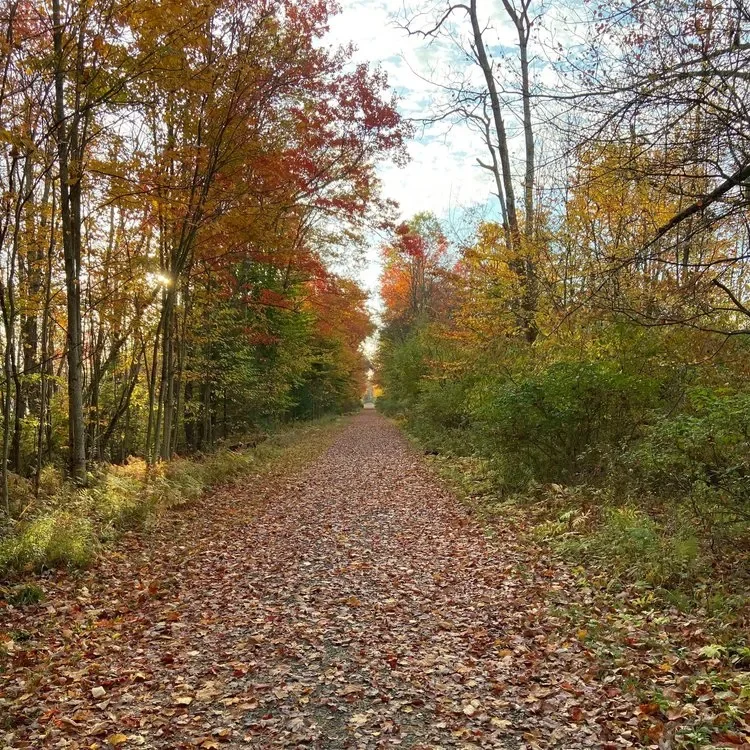Musings on release
Hello Friend,
I recently started physical therapy to address an ongoing neck issue. An MRI scan years ago revealed some mild herniation in my cervical spine. Nothing too serious, but something that flares from time to time. Usually, it is a product of shouldering too much, whether of the physical variety (carrying too much in a tote bag) or other manifestations (taking on too many responsibilities).
As my physical therapist palpated around my neck, he commented on the amount of tension. Noting how tightly my neck muscles were clinging to my head.
As I thought about releasing through my shoulders, I found myself thinking of trees. If you know me well or have read previous newsletters, you may be aware that I turn to trees often for guidance, for inspiration, for support.
The trees in Brooklyn are moving through the season of fall. Many of the trees in my neighborhood have transitioned from the lush, green displays of summer and now shine in vibrant hues of persimmon and amber. Some of these trees still hold onto their leaves, fluttering in the wind like sequins. Other trees have shed many of their leaves, carpeting the sidewalk and crunching under footsteps.
When we move into the fall season, and the daylight wanes, the hormone responsible for the growth of branches and leaves slows its release. This reduced hormone production weakens the hold branches have on their leaves.
By letting go, the tree is better equipped with the resources to navigate the colder season of winter. Its branches are lighter and can bear the load of snow or ice. The leaves blanket the tree's base, offering warmth and insulation to the roots. Further, those same leaves will break down during the late winter and early spring months, mixing with the soil and, in turn, offering nourishment to the growing tree.
When it comes to letting go, the trees don't simply drop their leaves. Trees need assistance to release the leaves. This can take the form of a gentle breeze or a stronger gust of wind, or at times, it shows up as rain or heavy snow. Sometimes, a living force facilitates the release; the scurrying of a squirrel from branch to branch or a bird hopping about is enough to loosen the tree's hold on those leaves.
Letting go is difficult. It can be uncomfortable; we can feel bare and exposed. But letting go is also a critical part of growth, whether releasing old stories and beliefs that no longer resonate or letting go of relationships or commitments that aren't nourishing or fulfilling. By letting go, we can move forward and ready ourselves for periods of healing and regrowth. And just like trees, we often need support in learning how to let go. Whether it be the facilitated release of muscles through a massage or the gentle encouragement of a friend that reminds you of your strength and resiliency, you don't have to let go on your own.
In these days of waning sunlight, I invite you to consider what you might be holding onto.
What have you been shouldering that you could put down for a while?
Could you spend some time in the company of a tree and witness its process of release?
✌🏻+💗
